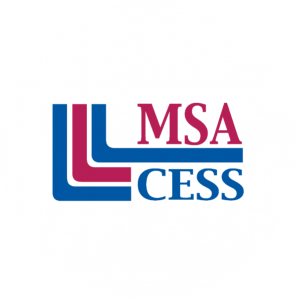By Carrie Lafferty, Off-Campus Program Advisor
Recently, my 10-year-old son was given the task of researching Puerto Rican cuisine. I let him take the lead and thought he was going to learn about food. But, fueled by his own inspiration and supported by mentors and peers, he soon took off on a learning adventure no one planned.
First, my son learned that Roberto Clemente, the great baseball player and humanitarian, was from Puerto Rico. The next thing I knew, he was off on an exploration of civil rights, which lead to discussions about racism and economic disparity. He is now collecting donations for a school in Puerto Rico that was destroyed by Hurricane Irma.
Beyond Facts and Figures
The term “higher-order learning” conjures up all sorts of inspiring images—children discussing their opinions and ideas, students creating meaning by applying learning to new situations, and classrooms characterized by deep questions and inventive student work. It sounds exciting in theory, but also a little intimidating for those accustomed to an education model based on memorization and recall.
Moving toward activities that promote higher-order learning—where students are encouraged to apply what they’ve learned, make connections to other facts and ideas, and develop their own solutions to challenging problems—requires a different approach to learning. For parents and educators ready to take on this challenge, author George Couros offers some helpful tips on how to foster higher-order skills in young people:
- Don’t ask children to hold their questions until you get through the curriculum. Allow them to wonder, explore a topic, and become leaders in what they learn.
- Give children opportunities to collaborate with other learners to develop solutions for problems. Siblings, homeschooling co-ops, or a pen-pal can introduce lots of unexpected input.
- Give children opportunities to dig deep until they get to the right questions. This will take time, so be on the lookout for teachable moments!
- Consider the context your child is growing up in. This might help you think beyond your comfort zone. For some, it might also mean getting more comfortable with technology.
- Maintain a growth mindset—abilities, intelligence and talents are not fixed, but can be developed. If one approach doesn’t work, try a different one.
- Embrace the idea that everyone is a learner and create a community that learns from and teaches one another.
The Learner Takes the Lead
The world is changing rapidly, and it’s common to hear statements like “All the information you need is accessible through the phone in your pocket” or “The jobs of the future don’t exist yet.” More than ever, young people today will have to be prepared to make sense of new information and new contexts; reflect on what they’ve learned and how to apply it; and be willing to try a solution, fail, and try again.
My 10-year-old never did learn about Puerto Rican Cuisine, and at one time, I might have worried that he wasn’t learning what he was “supposed to learn.” But, a focus on higher-order learning over predetermined content didn’t just take us in a different direction; it created a space where my son started asking questions and devising solutions. He stayed motivated to keep learning and felt proud of his contributions. I have to confess, I felt proud, too.
Does your student take the lead in the learning process? What does higher-order learning look like in your home?






